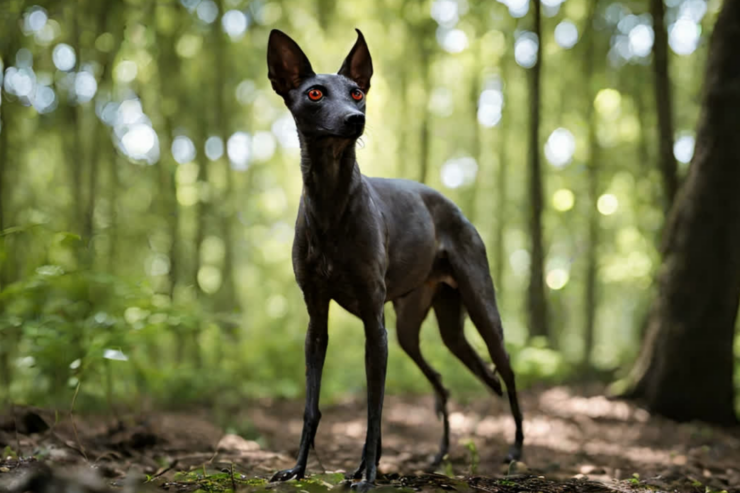We continue our exploration of fan-favorite cryptids with one that captured the American imagination just thirty years ago: the Chupacabra. It first appeared in the popular media in 1995, with reports from Puerto Rico, but similar reports quickly appeared from elsewhere in Latin America and into the United States. It changed along the way; the creature found in Texas, for example, bears no resemblance to the one described in Puerto Rico.
Unlike Bigfoot, the Chupacabra, Texas style, is an actual physical specimen. It’s not only been seen, it’s been shot and killed, or else it’s been found dead in the wild. It’s a real animal, though the question remains: What kind of animal?
A physical specimen is cryptozoological gold. But there’s a downside: it may turn out to be something quite ordinary and familiar, in an unfamiliar form.
The creature was reported as far back as the 1970s, but the stories found a wider audience twenty years later. In Puerto Rico, something was killing farmers’ birds and livestock at night and draining their blood—hence the name “Chupacabra,” or “goat-sucker.”
People reported something apparently bipedal, of human height or somewhat less, with oval, red or orange eyes. One sighting reported hairy arms; another spoke of a five-foot-tall, black, gorilla-like creature that attacked and seized a man. It attacked humans and their dogs, bursting through windows and disrupting picnics.
The next year, Mexico had a rash of animal killings and exsanguinations, along with a number of attacks on humans. As in Puerto Rico, townsfolk mounted expeditions to hunt and kill it, but didn’t manage to catch anything.
This version of the cryptid was different. In Juarez, it resembled a kangaroo with spiky projections down its back, and a tubelike proboscis or tongue. In Sinaloa, the bloodsucker was a form of giant bat, three to four feet high, and it seemed to specialize in draining goats of blood—a true and literal Chupacabra. Like the one in Juarez, it had a row of dorsal spines, along with clawed forelimbs, and a three-toed foot. It hopped when it was on the ground, and may have been found in trees; it was possibly capable of flight.
Meanwhile in the United States, in Michigan and Oregon, farmers reported cattle mutilations, but there was no sign of the perpetrator. In Texas and Florida, animals were drained of blood, and at least one person reported a doglike creature with short forelegs.
In the next decade or two, another kind of chupacabra took the spotlight—and this time, there was physical evidence. Farmers and ranchers in Texas either killed what they thought was a chupacabra, or found a body on their property. This one was definitely a quadruped, completely or predominantly hairless, with dark, leathery skin and prominent fangs. Finally, and extremely rarely in cryptozoology, there were specimens to study, and a chance for science to identify the animal.
I’m going to be a little bit coy and leave that part for another section of the chapter. What’s most relevant here is the defining characteristic of the cryptid: It’s a vampire; it feeds on blood.
Humans have a peculiar horror of things that hunt by night and suck blood. Mosquitoes are tiny but massively annoying, and carry diseases that can be debilitating or fatal. Vampire bats are one of the sources of the vampire legend: a real animal conflated with a supernatural being who may be an undead human or a demon in humanoid form. Now that we’re in the space age, there’s the alien factor as well; the idea that the chupacabra is a blood-sucking monster from outer space.
Whatever it actually is, it’s cropped up all over the Americas. Most of the reports seem to concentrate around more tropical zones, but people claim to have seen the chupacabra as far north as Maine. I have a theory about that, which I’ll get into in time.
What’s particularly interesting is the number of educational and scientific sites that come up in an online search. There’s a timeline of sightings in the 1990s at Princeton, which I’ve linked above, but also a page on the website of the American Museum of Natural History (with a nice illustration of the Mexican variety), National Geographic, McGill University, and my own county library (citing the local newspaper). And that’s just the first screen of results. Science and academia really like this particular cryptid.
What’s your favorite version of the Chupacabra? Is there a film or a book that’s given you that lovely little chill? If you have a theory, do you think science might support it? Or maybe it has?










